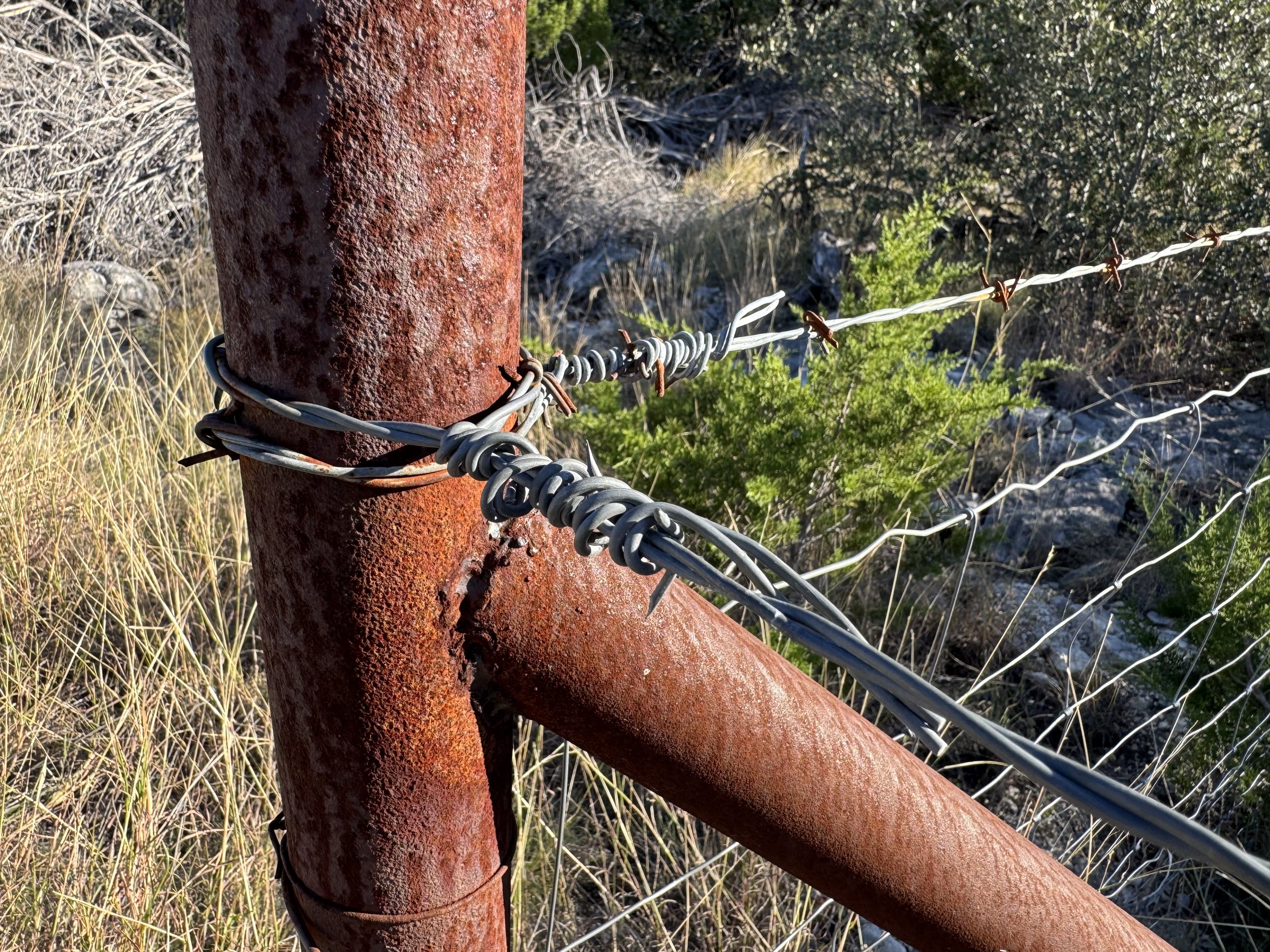Did You Know? | How a Meeting in Del Rio Shaped Texas’ Sheep and Goat Industry
Out here in Mohair Country, the rolling hills of the Edwards Plateau tell a story woven in wool.
It was on this rugged land that Texas built one of its most enduring rural industries — sheep and goats. The first herds arrived with Spanish explorers, but it was ranchers like Phillip Palmer who turned it into an economy. In 1869, Palmer brought sheep to the Fort Clark area, building his flock to nearly 9,000 head.
By the early 1900s, goats followed — thanks to Charles Dissler, who brought his stock from Kimble County to Val Verde County. But as the industry grew, so did the trouble. Stock theft became a serious problem, and ranchers decided enough was enough.
In 1915, sixty ranchers met at the Princess Theater in Del Rio to form the Texas Sheep and Goat Raisers’ Association, led by J.B. Murrah and Julian Lacross. Their goal: protect the industry, promote their work, and shape the future of Texas ranching.
That organization, born in Del Rio and now headquartered in San Angelo, still serves as one of the most influential trade groups in the state — representing generations of wool, mohair, and meat producers who’ve kept the spirit of the Plateau alive.

